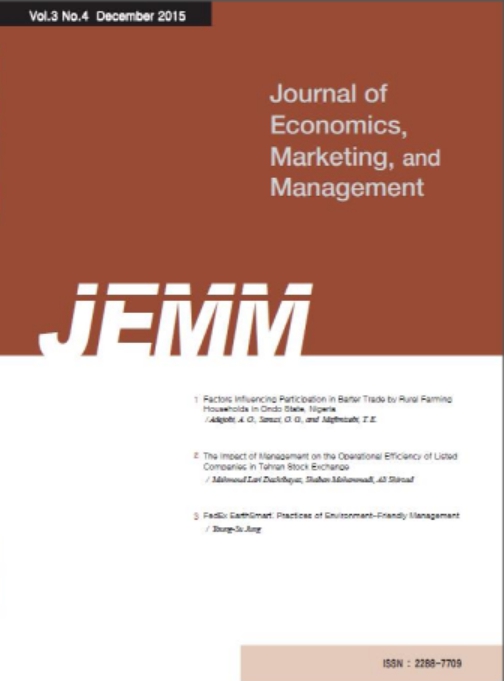- Log In/Sign Up
- E-ISSN2288-7709
- KCI
 E-ISSN : 2288-7709
E-ISSN : 2288-7709
A Systematic Review of Programs for Post-traumatic Stress Disorder Patients in South Korea
Abstract
Purpose: This study attempted to systematically review the programs of patients with post-traumatic stress disorder in South Korea over the past decade, identify specific methods and effects, and present program guidance guidelines through them. Research design, data and methodology: This study is a systematic literature review, and studies registered in the RISS, NDSL, DBpia, and KmBASE search databases from January 1, 2013 to August 31, 2023 were targeted. Keywords were 'post-traumatic stress disorder', 'program' or 'treatment'. A total of 2,324 documents were searched, and 237 duplicate papers were excluded. After that, the title and abstract were viewed, and 2,058 papers that did not meet the inclusion criteria and exclusion criteria were excluded. In addition, the full text was checked and the final 11 documents were analyzed excluding 18 documents. Results: Among the 11 literatures, 45.45% of randomized control studies and 54.54% of non-randomized control studies were found. As for gender, 41.18% of women, 28.64% of 30-39 years old, and 34.27% of trauma causes were industrial accidents. Programs for patients with post-traumatic stress disorder were classified into art therapy, cognitive behavior therapy, and mindfulness programs, and art therapy was the most used at 45.45%. The sessions of the program were widely applied at 45.45% for 10 sessions and 36.36% for 60 minutes per session. Conclusions: This study has a limitation in that it only analyzed domestic intervention programs within 10 years. However, this study is meaningful in that it is intended to present program guidance guidelines through reviewing domestic programs for post-traumatic stress patients. In the future, it is necessary to conduct research such as expanding the scope of literature review at home and abroad.
- keywords
- Post Traumatic Stress Disorder, Trauma, Program, Intervention, Systematic Review
- Downloaded
- Viewed
- 0KCI Citations
- 0WOS Citations













